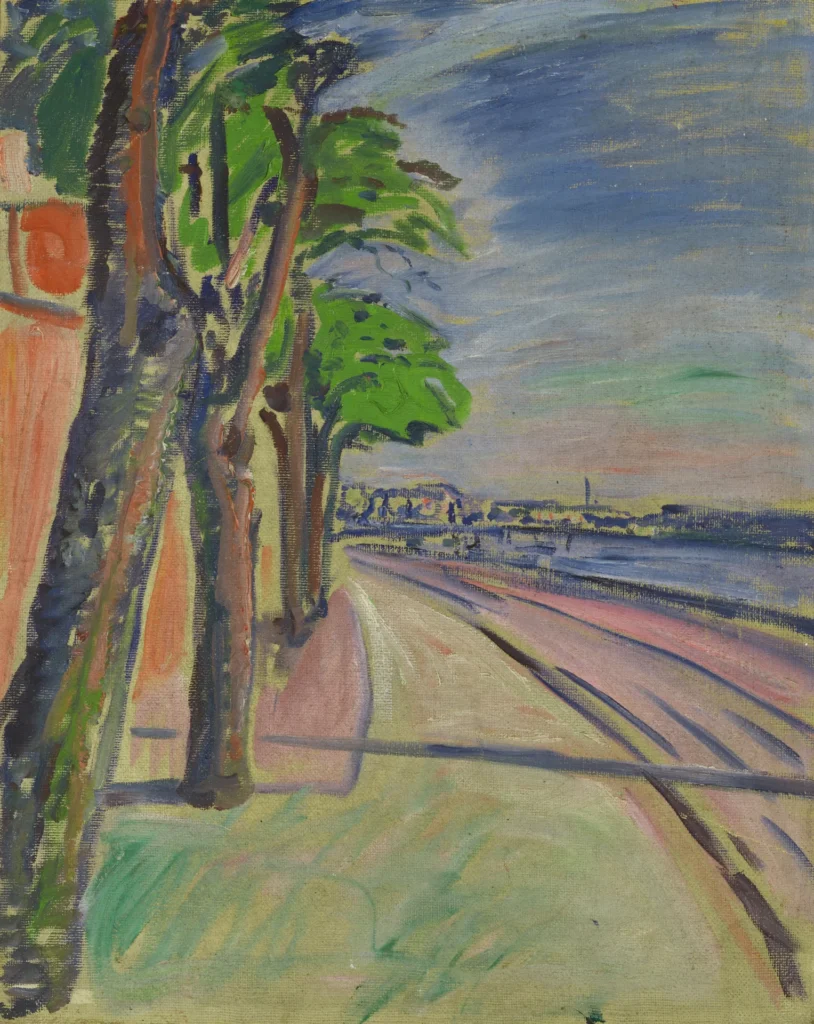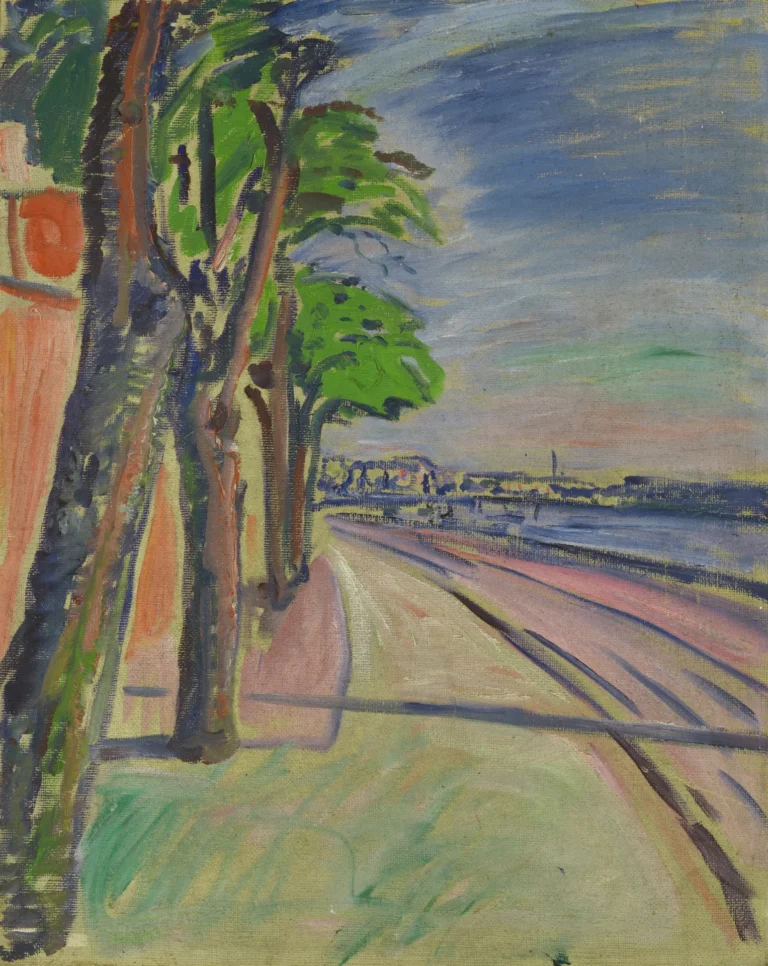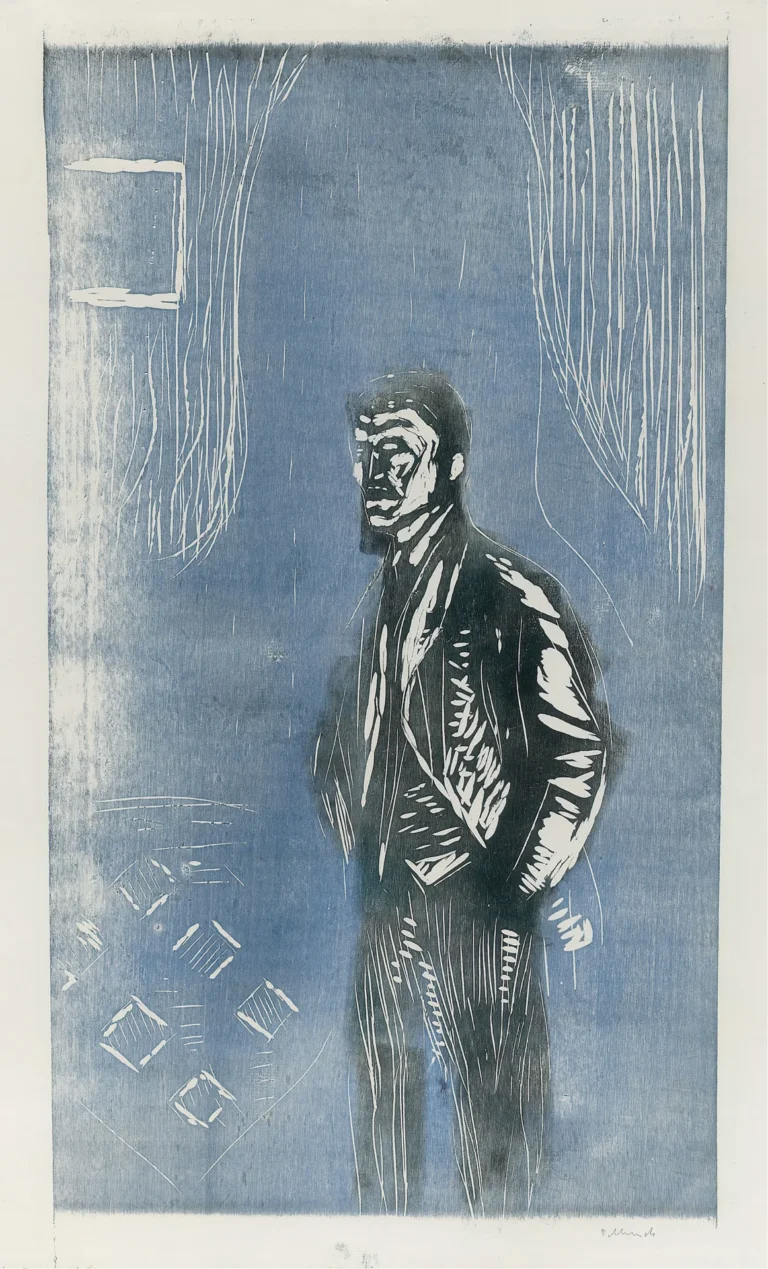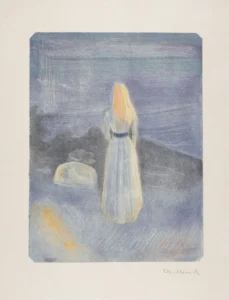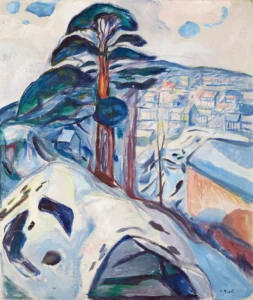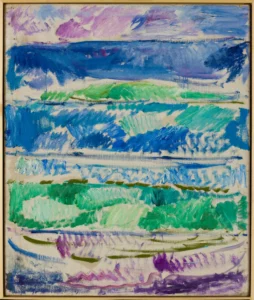Trees By The Canal (1908)
Though Trees By The Canal may not be as famous as Edvard Munch's iconic works, it reflects the artist's talent for capturing the interplay of light and nature. The piece showcases Munch's signature style, evolving from the emotional intensity of his earlier themes to a more meditative examination of landscapes. This artwork captures the serene ambience of trees lining a tranquil canal, highlighting Munch's ability to evoke emotion through nature. As part of Munch's extensive portfolio, although lesser-known, it remains an important exploration of his artistic range.
Late 19th Century
About the Artwork
The story behind Trees By The Canal is intertwined with Munch's fascination with nature and its emotional resonance. As a prominent figure in the Symbolist movement, Munch often focused on human emotion, but he also found solace in landscapes that reflected his inner thoughts. This artwork possibly emerged during a period when Munch sought to reconcile his tumultuous emotions through serene depictions of nature. The trees, symbolizing solidity and stability, contrast with the often chaotic themes he addressed in his other works. While Trees By The Canal may not have garnered the same level of fame as his other pieces, it is an embodiment of Munch’s exploration of the human psyche through natural imagery.
Did You Know
Munch was deeply influenced by his childhood experiences, particularly the early death of his mother and the mental illness in his family, which shaped his view on humanity and nature. These experiences informed much of his artwork, including his landscapes.
Munch often used landscapes as a way to explore human emotions symbolically. The trees in Trees By The Canal could reflect themes of stability and melancholy, contrasting with the emotional turmoil often present in his more famous works.
Trees By The Canal showcases that Munch was not solely focused on existential themes. He embraced nature as a way of expressing complexity in emotion and introspection, indicating a balance between the emotional and the serene in art.




